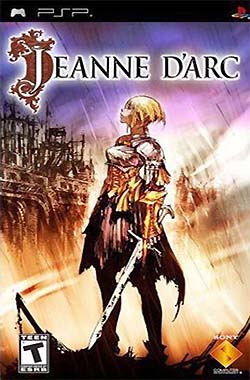

While preparing destructible elements within the environment, the staff took care that they could be easily recognized by the player. Matsumoto was responsible for the level design. Hangovers of it include the ability to freeze time during certain actions, and the overhead perspective when commanding party members The cover system was designed around the limitations of the camera control born from the Wii Remote's control scheme. This slowed the pace of combat down too much, so the concept was entirely removed.

A concept that did not make it into the final game was 'Replay': after an enemy successfully cast a spell, players could rewatch the last few seconds of battle from an overhead view to see what type it was and take that into their strategy. The biggest challenge, once the concept had been finalized, was adjusting its effectiveness on the battlefield depending on the situation and enemy types. When explaining why The Last Story was exclusive to the Wii, Sakaguchi said that it was because a large proportion of the late development staff, including the testers, came from Nintendo. After being contacted regarding both The Last Story and fellow Wii ARPG, Hatano said that the games should be made for a wide audience and using a 'romanticist approach'. According to Sakaguchi, this was because Nintendo's Shinji Hatano shared their vision of a role-playing game that did not follow genre conversions, and so Sakaguchi accepted his offer of collaboration. Although Sakaguchi's previous RPGs from Mistwalker had been released for the, The Last Story was created for the.


The game was going through its final development stages by April 2010, and according to Sakaguchi was 'complete' by December that year. Production of The Last Story was a collaboration between Mistwalker, AQ Interactive and, and was Sakaguchi's first work as a director since (1992). According to Matsumoto, the team leads went to the (E3) each year and were assured that their game was in-step with current gameplay trends.


 0 kommentar(er)
0 kommentar(er)
